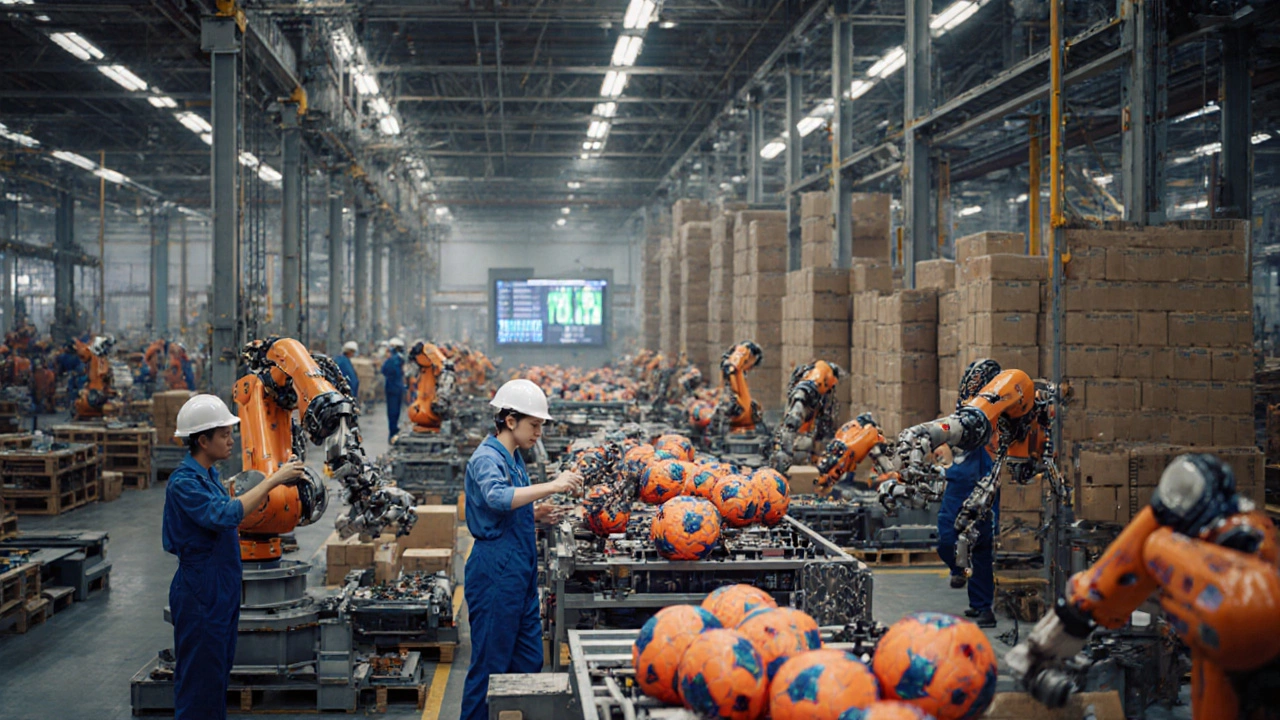Sports Gear Supply Chain: From Factory Floor to Your Playfield
Ever wonder how a pair of running shoes or a football ends up in your bag? The answer lies in a series of steps that move raw material, design ideas, and labour across borders until the product hits the store shelf. Understanding this flow can help you pick better gear, spot quality issues, and support brands that care about the environment.
First off, it all starts with material sourcing. Companies look for rubber, foam, carbon fibre, or synthetic fabrics that meet performance specs. In the UK, many manufacturers still rely on imports from Asia or Europe because those regions have the specialised factories needed for high‑tech components. The downside? Longer shipping times and a larger carbon footprint. Some brands are turning to local suppliers to cut distance, but that often raises costs.
Manufacturing: Where Design Meets Production
Once the materials arrive, they enter the manufacturing phase. This can happen in massive plants or smaller workshops, depending on the product line. For instance, a premium basketball might be hand‑stitched in a boutique factory, while a mass‑market tennis racket is produced on an automated line. Quality control is crucial here – a single weak spot can lead to injuries on the field. Many companies now use real‑time data monitoring to catch defects early, which saves money and improves safety.
Technology is reshaping the factory floor. 3‑D printing allows designers to prototype parts in days rather than weeks, and AI‑driven robots can adjust tension on a shoe’s upper material with pinpoint accuracy. These advances shorten the time from concept to market, but they also require skilled technicians and significant upfront investment.
Distribution and Retail: Getting Gear to Players
After production, the gear moves into the logistics network. Large sports brands often own their own warehouses and use dedicated freight carriers to keep lead times low. Smaller companies might rely on third‑party logistics (3PL) firms that consolidate shipments and handle customs paperwork. In the UK, rail and coastal shipping are gaining popularity because they emit less CO₂ than road trucks.
Retail is the final link. Traditional brick‑and‑mortar stores still dominate for high‑ticket items like ski equipment, but e‑commerce is now a major driver of sales. Fast delivery expectations mean that many brands keep regional distribution centres close to major cities. This set‑up also enables easy returns, which boosts consumer confidence.
What should you, the consumer, look for? Check if a brand mentions where its products are made and how they’re shipped. Transparent supply chains often indicate higher quality and better ethical standards. If sustainability is important to you, look for certifications such as ISO 14001 or the Global Recycled Standard.
Finally, keep an eye on emerging trends. Circular economy models are popping up where old gear is collected, refurbished, and sold again – a win for the planet and your wallet. Digital twins of products help companies predict wear and plan replacements before something breaks.
In short, the sports gear supply chain is a complex web of sourcing, making, moving, and selling. Knowing the basics lets you make smarter choices, support responsible brands, and maybe even score a better deal on the next piece of equipment you need.
Where Is Most Sports Equipment Made? A Global Breakdown

Explore the global landscape of sports equipment production, from China's dominance to emerging hotspots, and learn how supply chain choices affect price, quality, and ethics.
